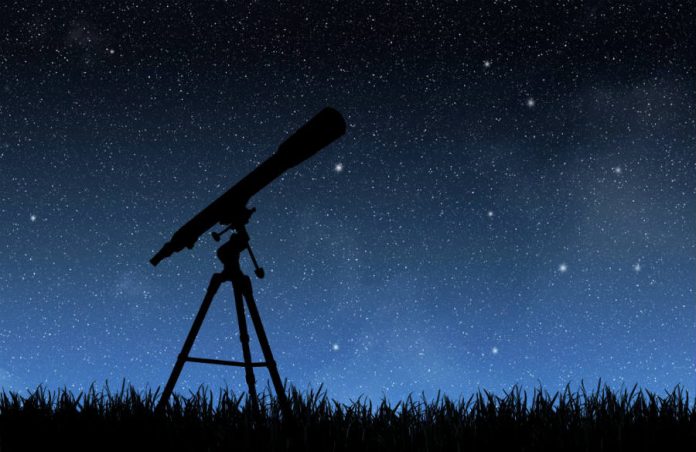
NASA’s Jet Propulsion Laboratory announced the Asteroid 2014 JO25 will fly by Earth on April 19. It will safely pass our planet at 4.6 times the distance between the Moon and us. Observatories around the world will study the event.
2014 JO25 is twice as reflective as the Moon, and its considerable size makes it a perfect target for stargazers. The 2,000-feet space rock will be visible in the night sky, but only for a short period and to decent-sized telescopes.
Scientists at NASA have also said that C/2015 ER61, also known as the PanSTARRS comet, will also fly by our planet on April 19. At more than 100 million miles of distance, researchers say the comet will be visible at dawn in the U.S.
Can I see Asteroid 2014 JO25?
Maybe. If the weather allows it, and you have a telescope that is 8” in diameter or bigger, then you might be able to enjoy the asteroid. It is roughly the length of six American football fields one next to the other, and it will appear to be moving very slowly.
Astronomers suggest that it may take a couple of minutes to spot it, and they recommend amateur stargazers to look for a star chart and fix their sight on a mark that is nearby the asteroid’s trajectory to catch it. It will be visible from both hemispheres.
“THE ASTEROID WILL APPROACH THE EARTH FROM THE DIRECTION OF THE SUN AND WILL BECOME VISIBLE IN THE NIGHT SKY AFTER APRIL 19. IT COULD BE VISIBLE IN SMALL OPTICAL TELESCOPES FOR ONE OR TWO NIGHTS,” NASA said.
The agency warns that you’ll have to be quick if you want to catch it, though. 2014 JO25 will fade rapidly into the distance, as it travels at blazing fast speeds of 75,072 mph through space.
You won’t be alone if you set out to get a glimpse of the asteroid on the night of April 19. NASA’s Goldstone Solar System Radar and the National Science Foundation’s Arecibo Observatory will also take the chance to see, study, and even take pictures of the flying object.
‘A Potentially Hazardous Asteroid’ or not?
The Asteroid 2014 JO25 was first discovered by the Mt. Lemmon Survey, part of the Catalina Sky Survey in Tucson, Arizona, in May of 2014. Since then, the object has been classified as a Potentially Hazardous Asteroid by the Minor Planet Center.
What does that mean, exactly? Well, given its estimated size of 2,000 feet or 650 meters and the considerable proximity to Earth of its trajectory, scientists prefer to ‘err on the side of caution’ with the asteroid, so to speak.
On Apr 19, #Asteroid 2014 JO25 will safely pass Earth by 1.1 million mi/1.8 million km, or 4.6 lunar distances. https://t.co/ppzPM1gfhZ pic.twitter.com/R89Nq0vmAf
— NASA Space Alerts (@NASASpaceAlerts) April 6, 2017
A collision with another object or an unexpected course alteration could put 2014 JO25 within a dangerously close distance to our planet, or even set it in motion to impact us.
Luckily, that is extremely unlikely to happen, as such a collision would greatly fragment the asteroid and diminish its destructive potential. Also, it is not scheduled to fly by Earth again at least for 400 years, so there is nothing to worry about for now.
Source: NASA










